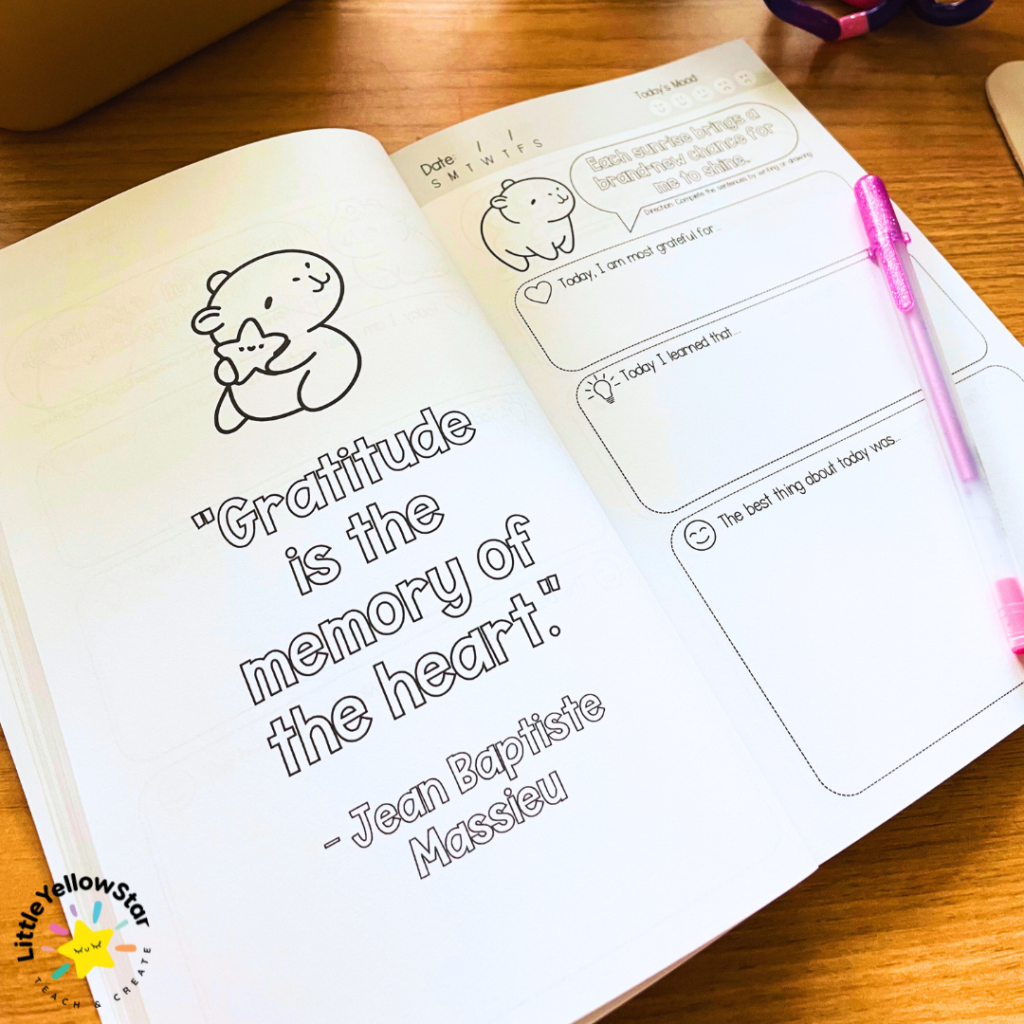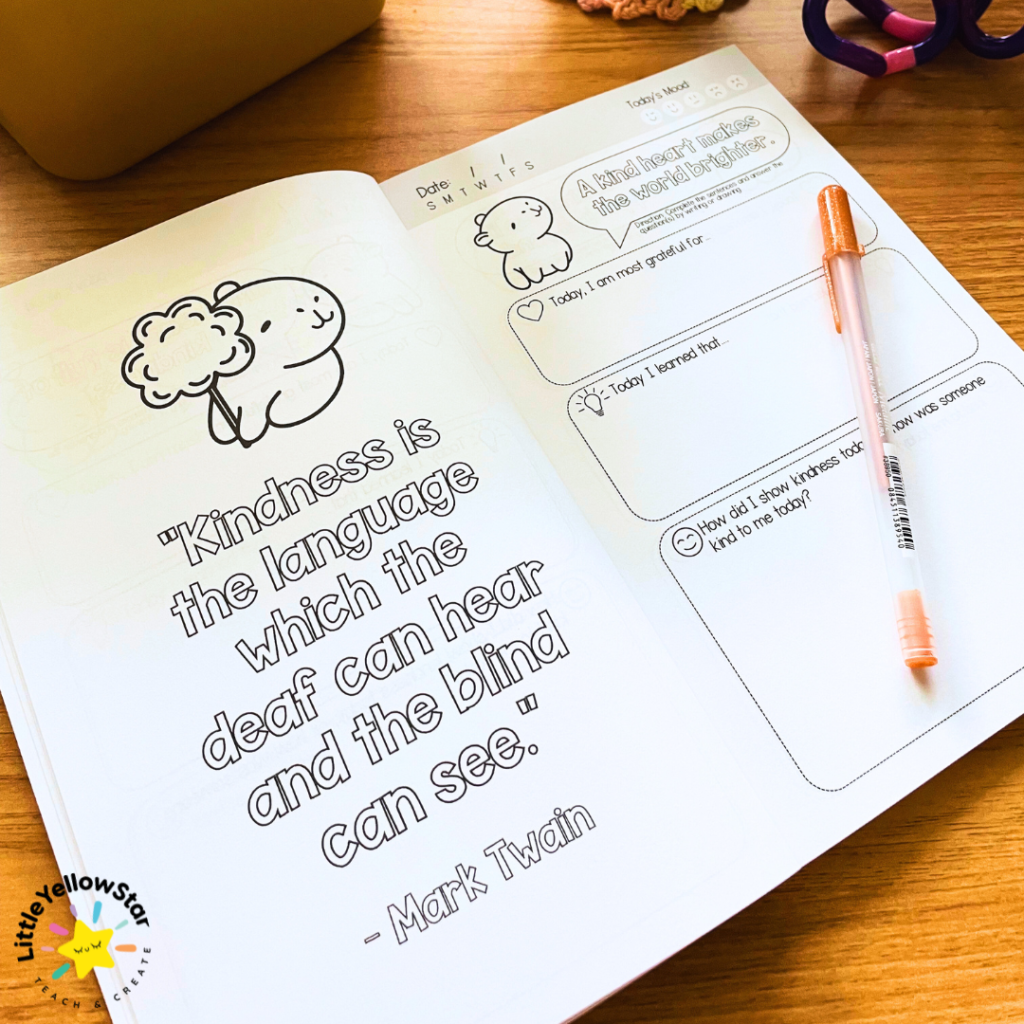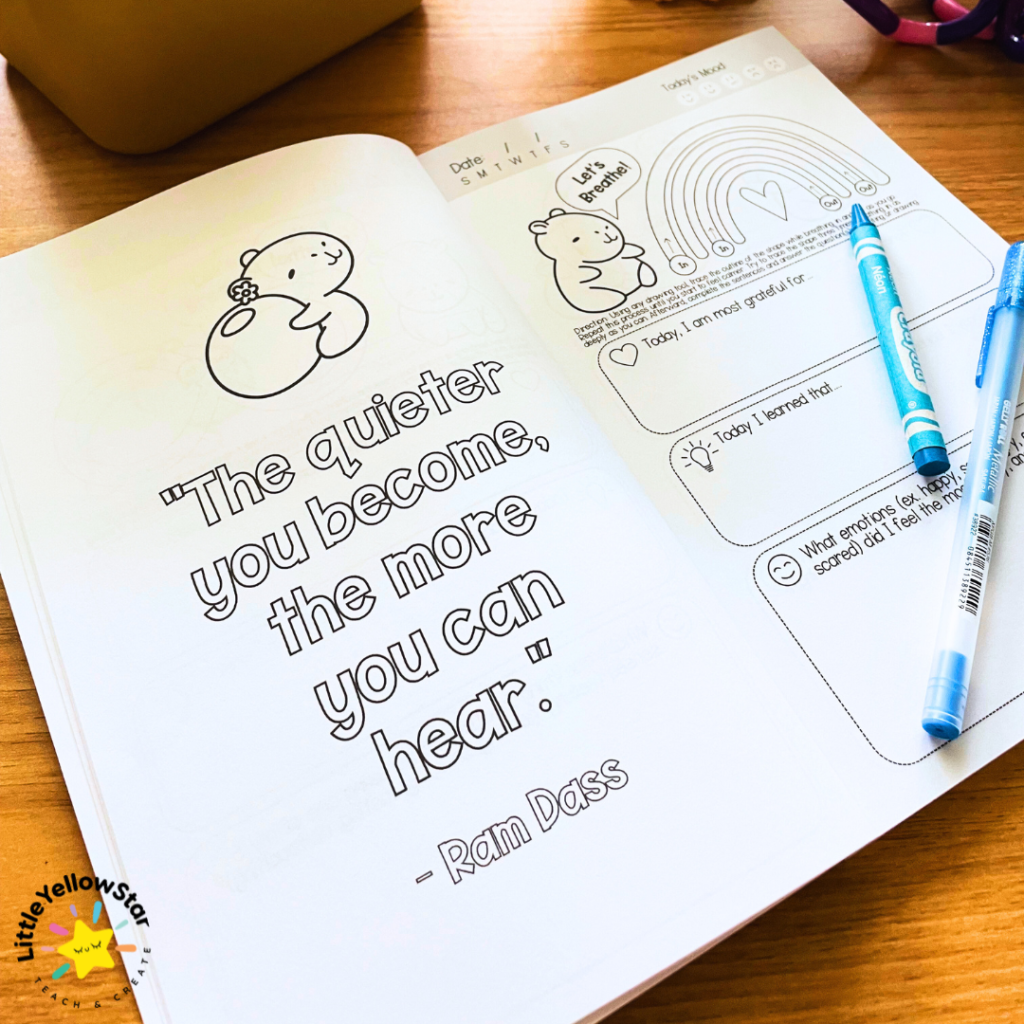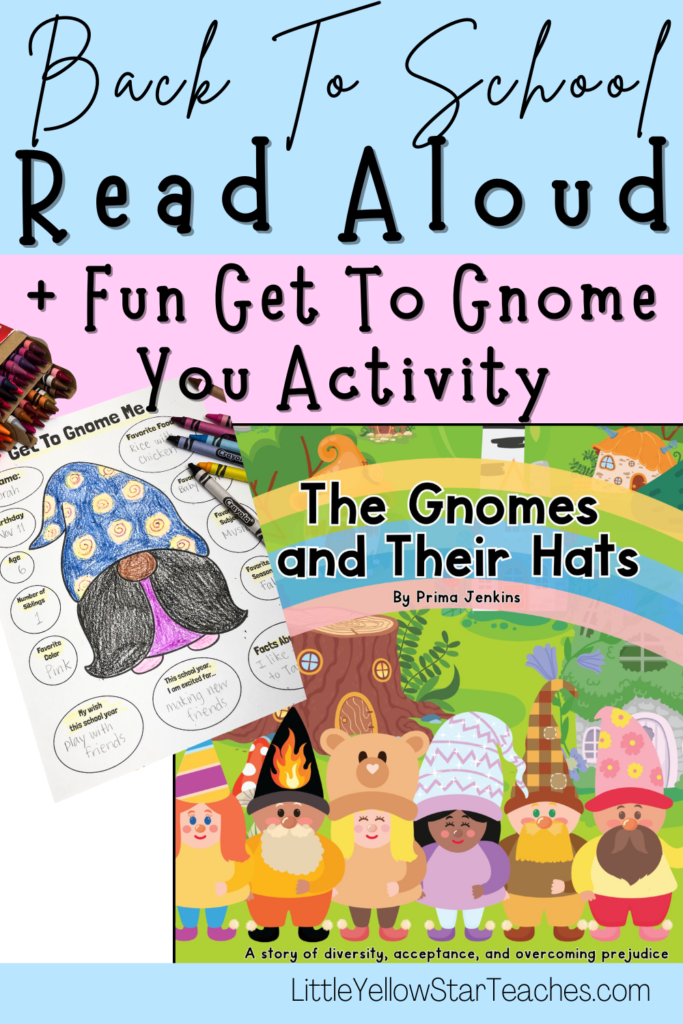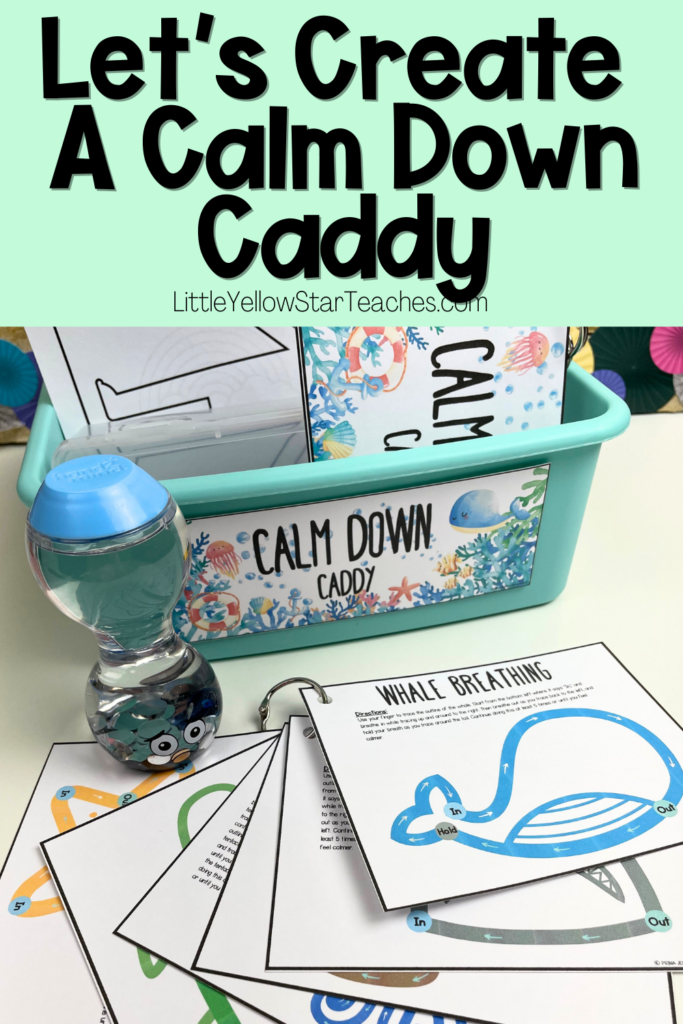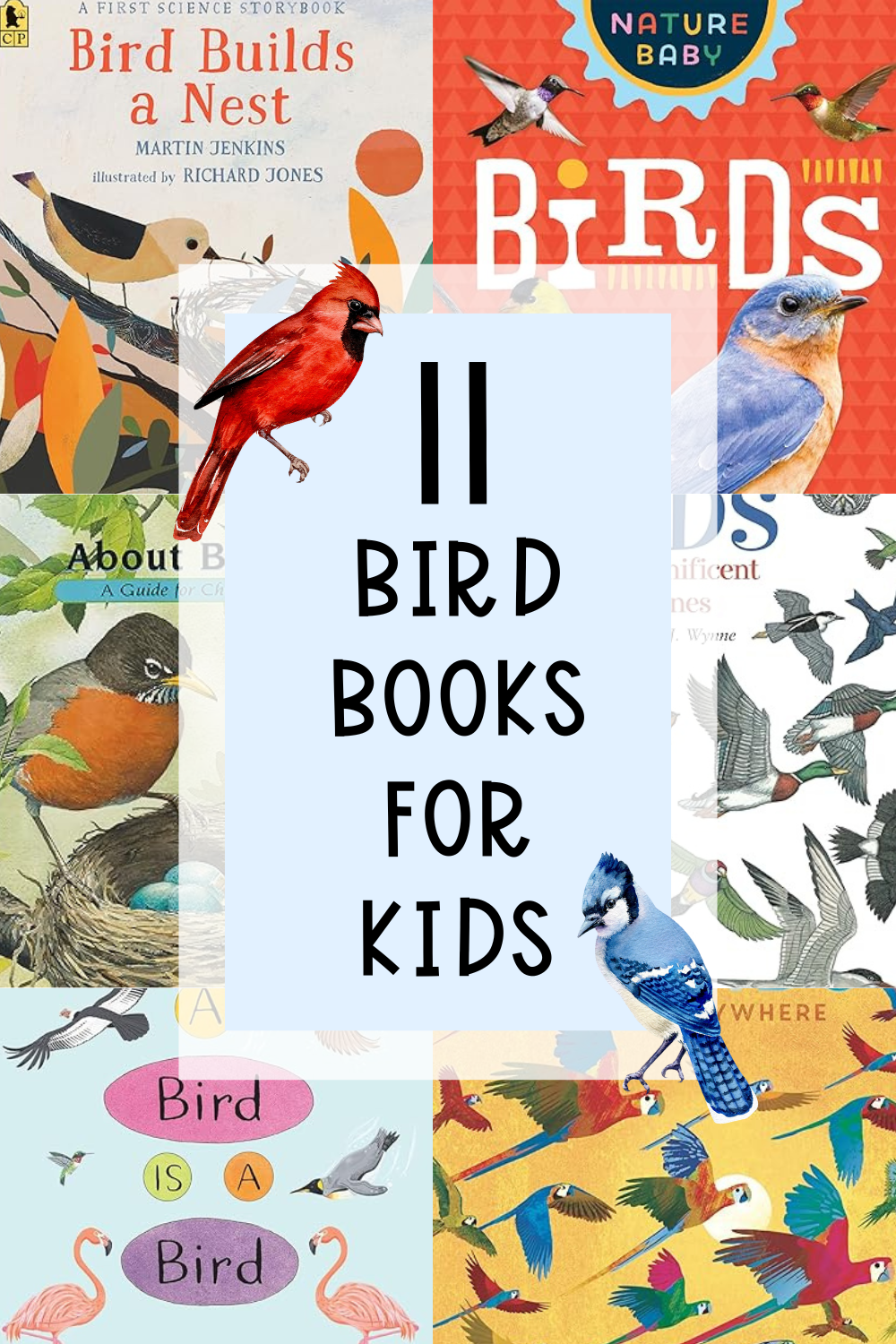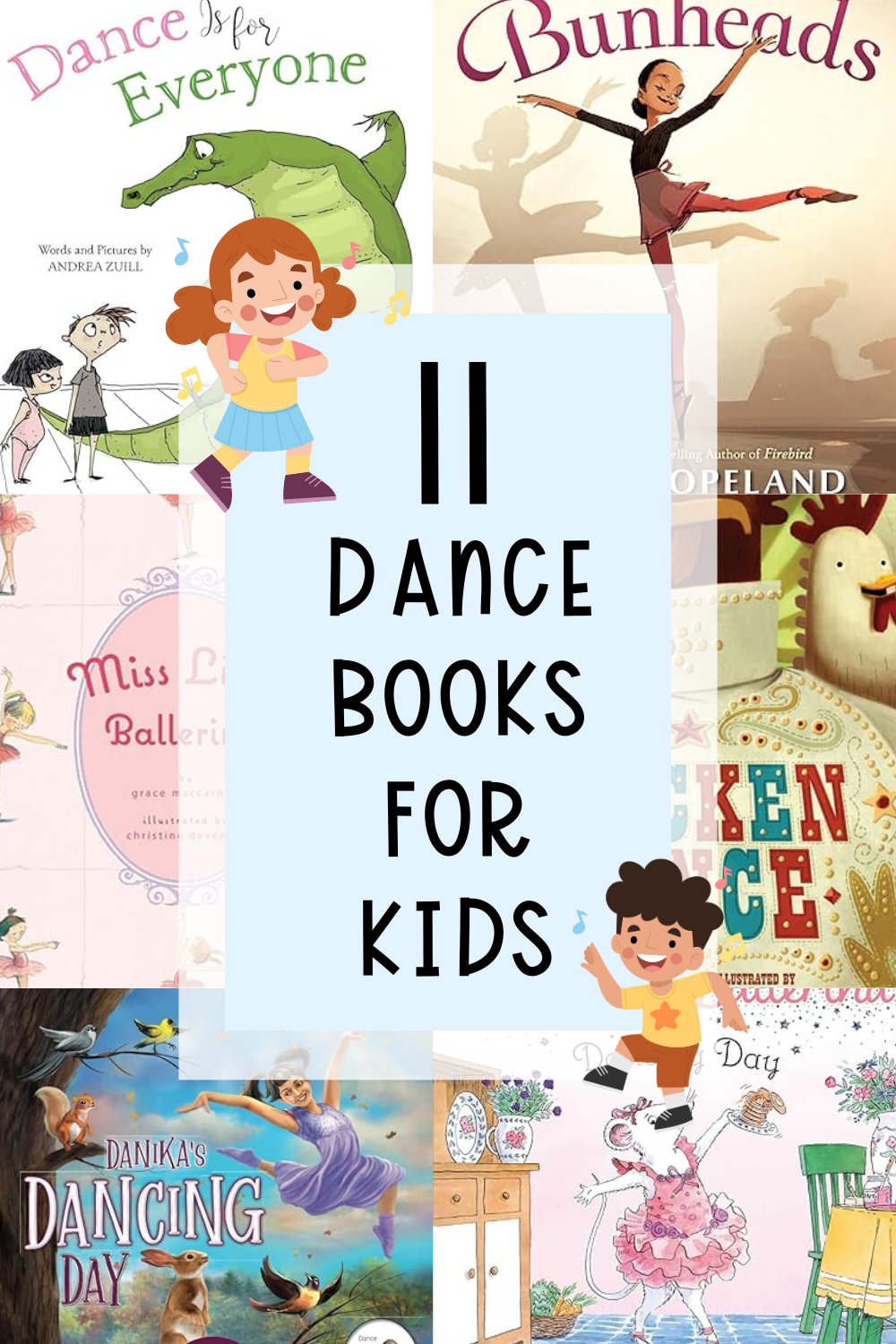Have you ever wondered where rain comes from or how clouds are made? These water cycle facts for kids will take you on an adventure through the amazing journey of water on Earth! Learn how water moves, changes, and keeps our planet healthy. With fun activities, new science words, and cool stories, you’ll be a water cycle expert in no time!
***Disclosure: This post contains an Amazon affiliate link that at no additional cost to you, I may earn a small commission when you purchase through the link from my blog. Thank you for your support!
Table of Contents
Grab these free resources to make your teaching life easier!
What is Water Cycle?
The water cycle is the process that moves water all around our planet. Water changes from liquid to gas to solid and back again! The main stages are evaporation (when the sun heats up water and turns it into vapor), condensation (when vapor cools and forms clouds), and precipitation (when water falls as rain, snow, or hail). This cycle never stops—it’s nature’s way of recycling water so that plants, animals, and people have what they need to survive.
Teaching Resources
11 Water Cycle Facts for Kids

#1 The water cycle is how water moves from Earth to the sky and back again.
The water cycle describes the way water travels from the ground up into the air and then returns to Earth. It keeps water moving all around our planet, so we always have water in rivers, lakes, and oceans.
Source: National Geographic Kids

#2 It’s also called the hydrologic cycle.
Scientists use the term “hydrologic cycle” as another name for the water cycle. Both words describe the same journey that water takes through Earth’s systems.
Source: Britannica

#3 About 97% of all water is in the oceans.
Most of Earth’s water—about 97%—is found in our oceans. Only a tiny bit is freshwater in lakes, rivers, glaciers, or underground.
Source: Twinkl Kids

#4 Water exists as liquid, gas (vapor), and solid (ice).
Water can be found in three forms: as a liquid (like in lakes), a gas (as invisible vapor in the air), or a solid (as ice or snow). The water cycle moves water through all these forms!
Source: Britannica

#5 Plants also release water vapor through their leaves. This is called transpiration.
Plants “breathe out” water vapor from their leaves into the air, a process called transpiration. It’s a key part of the water cycle and helps keep the air humid.
Source: Britannica

#6 The Sun heats water in lakes, rivers, and oceans, turning it into water vapor. This is called evaporation.
When the Sun shines, it heats up water in lakes, rivers, and oceans, changing it into a gas called water vapor. This process is known as evaporation and is how water gets into the sky.
Source: Britannica
Check Out Capybara-Theme Daily Reflection Journals For Kids!

#7 Together, evaporation and transpiration are called evapotranspiration.
When you combine the water lost from evaporation and from plants’ transpiration, it’s called evapotranspiration. It’s a big part of moving water from land to the air.
Source: Britannica

#8 Condensation makes clouds, dew, frost, or fog.
When water vapor cools down, it changes back into tiny water droplets through a process called condensation. This forms clouds, and sometimes creates dew, frost, or fog on the ground.
Source: Britannica

#9 Clouds get heavy and water falls as precipitation—like rain, snow, sleet, or hail.
As clouds fill up with more and more water, they eventually release it as precipitation. Precipitation can be rain, snow, sleet, or even hail, depending on the temperature.
Source: Britannica

#10 Some rain soaks into the ground and becomes groundwater.
Not all rain runs off into rivers or lakes—some of it seeps down into the soil and becomes groundwater. This water can stay underground for a long time and is important for wells and springs.
Source: Britannica

#11 Some ice and snow melt directly into vapor without melting first. This is called sublimation.
Sometimes ice or snow can change straight into water vapor without becoming liquid first. This special change is called sublimation, and it often happens in cold, sunny places.
Source: Britannica
Additional Resources
Water Cycle-Related Vocabulary Words
Learn these key science words to become a water cycle expert:
- Evaporation: When the sun’s heat turns liquid water into vapor
- Condensation: When water vapor cools and forms tiny droplets (clouds)
- Precipitation: Water that falls from the sky as rain, snow, or hail
- Collection: When water gathers in lakes, rivers, and oceans
- Transpiration: When plants release water vapor into the air
- Runoff: Water that flows over land back into rivers, lakes, or the ocean
Water Cycle Activity Ideas For Kids
Bring water cycle facts for kids to life with these creative activities:
- Water Cycle in a Bag: Draw the water cycle on a plastic bag, add water, seal, and hang in a sunny window to watch evaporation and condensation happen
- Cloud in a Jar Experiment: Use hot water and ice to make a cloud appear in a jar
- Water Cycle Song or Dance: Make up a tune or moves to remember the stages
- Droplet’s Storybook: Write or illustrate the adventure of a raindrop through the water cycle
- Evaporation Art: Paint with water and watch it disappear as it dries
- Label the Diagram: Cut and paste the water cycle stages onto a blank poster
Water Cycle Related Stories and Myths
The water cycle inspires fun stories and legends around the world! Here are some favorites:
- The Tale of Rain and Sun: Myths about how the sun and clouds work together to bring rain
- Journey of the Little Raindrop: Storybooks about a raindrop’s adventure from ocean to sky and back again
- Rainmaker Legends: Folktales of people or animals who can call for rain
- Cloud Kingdoms: Stories where clouds are magical places in the sky
- River Spirits: Myths from different cultures about water gods and goddesses
- The Never-Ending Cycle: Tales explaining why water always returns, keeping nature alive
What’s Your Favorite Water Cycle Fact?
The water cycle is an amazing process that keeps our world full of life, color, and fun! Now that you know these water cycle facts for kids, you can watch the clouds, enjoy the rain, and even try science activities at home. Keep asking questions and exploring—there’s always more to learn with science facts for kids!
What is your favorite Water Cycle fact from the post, or do you have another? Share it by tagging me on Instagram @LittleYellowStarTeaches. I would love to see!
Bye for now,
Prima from LittleYellowStar
* * *









